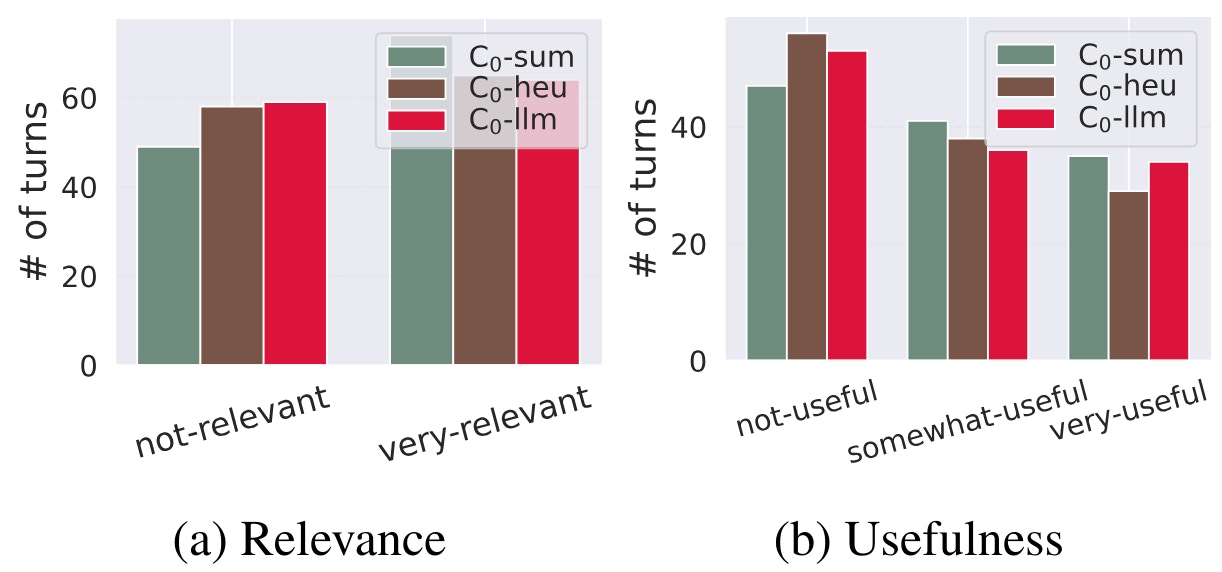The cinema experience is changing, though not in the way you might think.
In certain cinemas across the world the experience is being levelled up with new technologies. One such advancement is Samsung’s Onyx Cinema LED.
Samsung’s Onyx screens are unlike any other as they’re made up of small LED blocks that come together to form a screen that doesn’t require a projector.
Here’s how Samsung’s Onyx Cinema LED screen works, and where it is available.
What is Samsung Onyx Cinema LED?

Samsung’s Onyx Cinema LED is a modular display made up of multiple LED modules that fit together to form a screen.
As the screen is modular, the LED modules can come together to fit a screen of sizes up to 20 metres. Onyx allows for four standard sizes so a theatre can create a size that works for the space they have.
What Samsung is claiming to be the advantage over traditonal screens is brightness. Samsung’s Onyx supports HDR, and can reach a peak brightness of 300 nits, which is six times brighter than a conventional theatre screen.
With this level of brightness, Samsung says the Onyx’s LED display “ensures richer details in shadows, more intense highlights and superior color accuracy across the entire spectrum”. When it was first introduced, Onyx became the world’s first DCI-compliant LED display, and this latest version supports 4K at 120Hz refres rates for buttery smooth motion and high levels of detail.
You’d imagine James Cameron would love to have his Avatar films exhibited on this screen.
What sizes does Samsung Onyx Cinema LED come in?
There are four ‘standard’ sizes that the Samsung Oynx Cinema comes in. They are:
- 5 meters (16ft)
- 10 meters (33ft)
- 14 meters (46ft)
- 20 meters (66ft)
These sizes are in terms of width, not height. Compare these figures against the biggest screen in the UK and the BFI IMAX Waterloo is 85ft wide.
The screens natively support scope (2.39:1) and flat (1.85:1) aspect ratios without any changes required to the screen itself, which should cover most, if not all film screen ratios currently in use.
What are the pros and cons of Samsung Onyx Cinema LED?
The obvious advantage that Onyx Cinema LED has over rivals is brightness. 300 nits may not sound much when there are TVs that can reach 4000 nits, but a theatre screen is bigger, and the impact 300 nits can have on colours in a darkened room is big.
In fact, Samsung claims the level of brightness an Onyx Cinema LED can produce makes it “ideal for ideal for alternative content such as live sports, concerts, gaming events and corporate presentations”, so it’s not just films that Samsung’s LED display can be used for.
Projectors, even the most expensive ones, can struggle to deliver true black levels. But as the Samsung Onyx Cinema LED screen is made from LED modules, they could be turned off to deliver more accurate black levels.
But it’s not all positives.
In order for it to take advantage of its brightness, films need to be mastered at that level of brightness. As far as we know, there aren’t that many films that have been mastered to 300 nits.
Samsung Onyx Cinema vs Dolby Cinema
Samsung’s Onyx Cinema has existed since 2017 but how does it compare to another ‘premium’ cinema display in Dolby Cinema?
It is brighter than Dolby Cinema, hitting 300 nits compared to Dolby’s 108 nits. Both support HDR formats, though Samsung doesn’t specifically state which one, Dolby naturally supports its own format in Dolby Vision HDR.
And both the Onyx Cinema and Dolby Cinema support Dolby Atmos sound for immersive spatial audio.
Where can you see a film in Samsung Onyx Cinema?


The Onyx Cinema LED is available globally, though that doesn’t yet apply to the latest version that’s been announced but to older screens.
At last count, it was available in 19 countries around the world and these include:
- Korea
- Australia
- France
- Switzerland
- Spain
- Ireland
- Romania
- United States
- China
- India
- Dubai
- Israel












